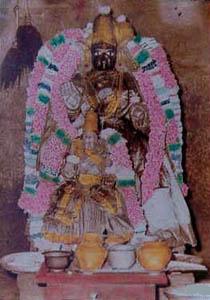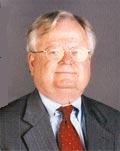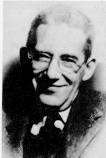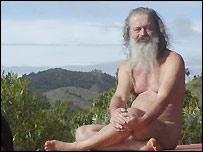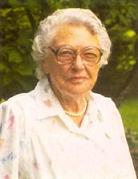OP
OP
talwan
Guest
Madame Helena Petrova Blavatsky (1831- 1891) HPB, as she was known, was a cultured and widely traveled woman. Brilliant, fiery and witty; able to attract the attention of the highest minds, she was in the frequent company of scientists, philosophers and scholars in many fields. She wrote many books-Isis Unveiled, The Voice of Silence and Key to Theosophy. But her magnum opus, The Secret Doctrine, published in 1885, is her most profound book-a bible of Theosophy. She traveled to India and entered Tibet via Kashmir and Ladakh. In the 19th century, imperialism had reached its height. Western nations were so convinced of the superiority of the white races that they had no compunction about exploiting their colonies. In this environment, Mme. Blavatsky taught the first principle of occultism-the brotherhood of all humanity, the unity of all races. With its strong resemblances to Eastern mysticism and spirituality, Theosophy has an intertwining relationship with Hinduism-especially the Upanishads and Advaita Vedanta-and also Buddhism. The establishment of the Theosophical Society in 1875 in New York proved to be a precursor and harbinger of Hinduism in the West. Mahatma Gandhi reports further that the two Theosophists who introduced him to the Bhagavad Gita also took him on one occasion to the Blavatsky Lodge and introduced him to Madame Blavatsky and Mrs. Besant.

